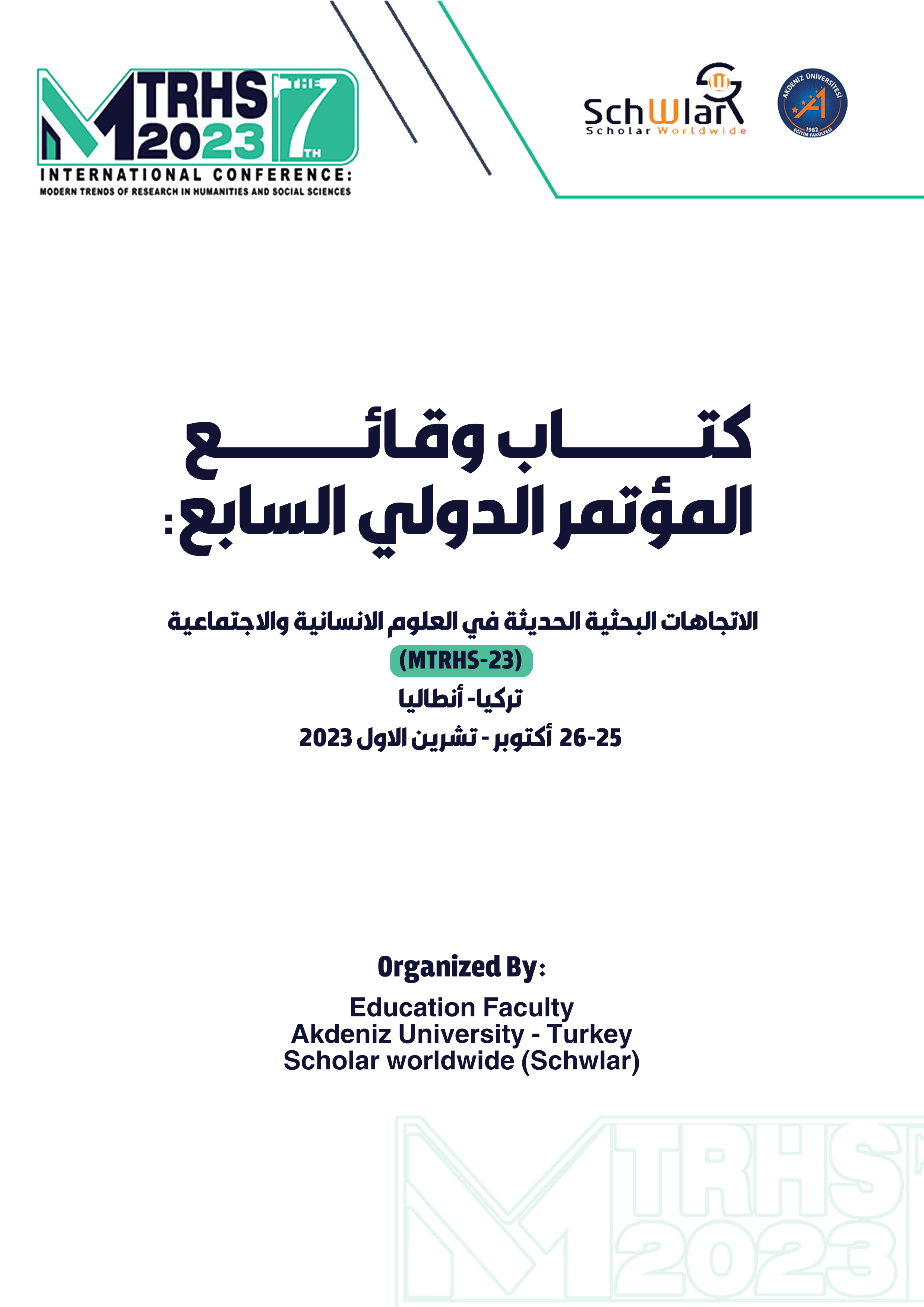The Narrative Form and Heritage in “The Expatriation of Al-Abdi, known as Ould Al-Hamriya” by Abdul Rahim Lahbibi
Main Article Content
Abstract
The new Moroccan novel became a source of Moroccan and Arab criticism at the foundation level for experimenting with new artistic structures, “The Expatriation of Al-Abdi, known as the son of Al- Hamriya” by Abdul Rahim Al- Habibi is no less inclined than its predecessors to a set of constants that affect the aspect of form, including its emphasis on the characteristic of antiquity in language, composition, and stylistic tones. This antiquity, along with dialogue and polyphony, takes on the characteristic of history and heritage, which made the text distinct from other texts, as the author presented it as a new text based on the basis of interaction or textual interrelation, in which he employed intertextual reproductions and the ancient traditional language mixed with irony, transforming the material of historical discourse to present it through it a different genre with different characteristics and components, it is the novel that dialogues with the ancient manuscript and transforms it expressively and semantically. This creative interaction made the writer redefines our cultural and literary themes, and links reality, imagination, and imagination aesthetically. Thus, the novel’s relationship with heritage and history appears, in form and content, as a dialogue with the present through the past, which has recently seemed rich in its narrative spaces, which constituted a mechanism for renewal and search for heritage counterparts in a kind of defense of man in his relationship with himself, the other, and the world
Article Details

This work is licensed under a Creative Commons Attribution 4.0 International License.
